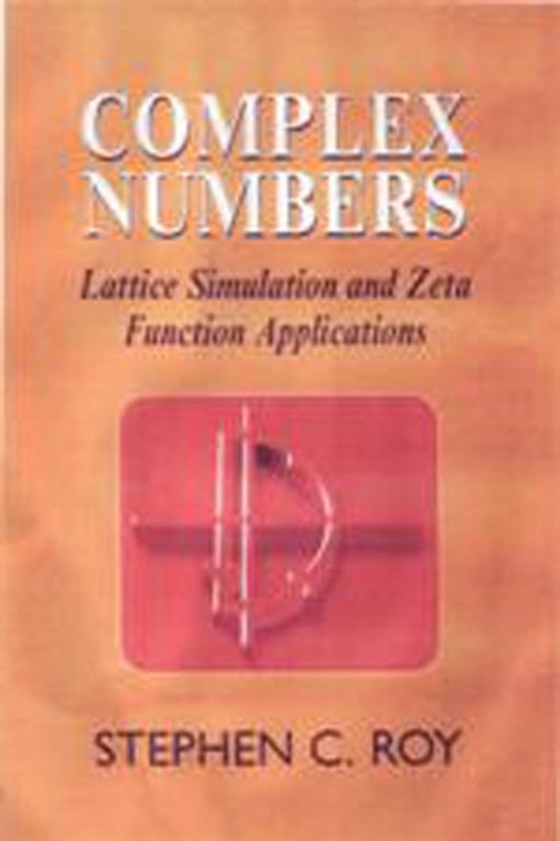
Complex Numbers e-bog
436,85 DKK
(inkl. moms 546,06 DKK)
An informative and useful account of complex numbers that includes historical anecdotes, ideas for further research, outlines of theory and a detailed analysis of the ever-elusory Riemann hypothesis. Stephen Roy assumes no detailed mathematical knowledge on the part of the reader and provides a fascinating description of the use of this fundamental idea within the two subject areas of lattice s...
E-bog
436,85 DKK
Forlag
Woodhead Publishing
Udgivet
1 juli 2007
Længde
148 sider
Genrer
PBK
Sprog
English
Format
epub
Beskyttelse
LCP
ISBN
9780857099426
An informative and useful account of complex numbers that includes historical anecdotes, ideas for further research, outlines of theory and a detailed analysis of the ever-elusory Riemann hypothesis. Stephen Roy assumes no detailed mathematical knowledge on the part of the reader and provides a fascinating description of the use of this fundamental idea within the two subject areas of lattice simulation and number theory. Complex Numbers offers a fresh and critical approach to research-based implementation of the mathematical concept of imaginary numbers. Detailed coverage includes:Riemann's zeta function: an investigation of the non-trivial roots by Euler-Maclaurin summation.Basic theory: logarithms, indices, arithmetic and integration procedures are described.Lattice simulation: the role of complex numbers in Paul Ewald's important work of the I 920s is analysed.Mangoldt's study of the xi function: close attention is given to the derivation of N(T) formulae by contour integration.Analytical calculations: used extensively to illustrate important theoretical aspects.Glossary: over 80 terms included in the text are defined.Offers a fresh and critical approach to the research-based implication of complex numbersIncludes historical anecdotes, ideas for further research, outlines of theory and a detailed analysis of the Riemann hypothesisBridges any gaps that might exist between the two worlds of lattice sums and number theory
 Dansk
Dansk

